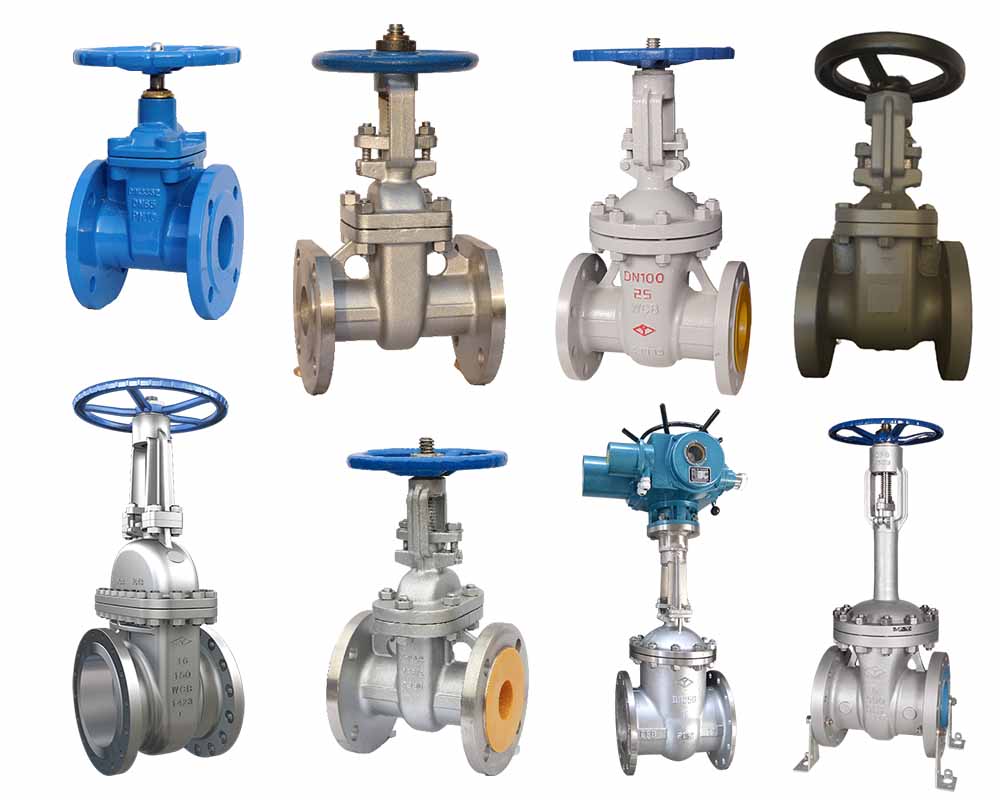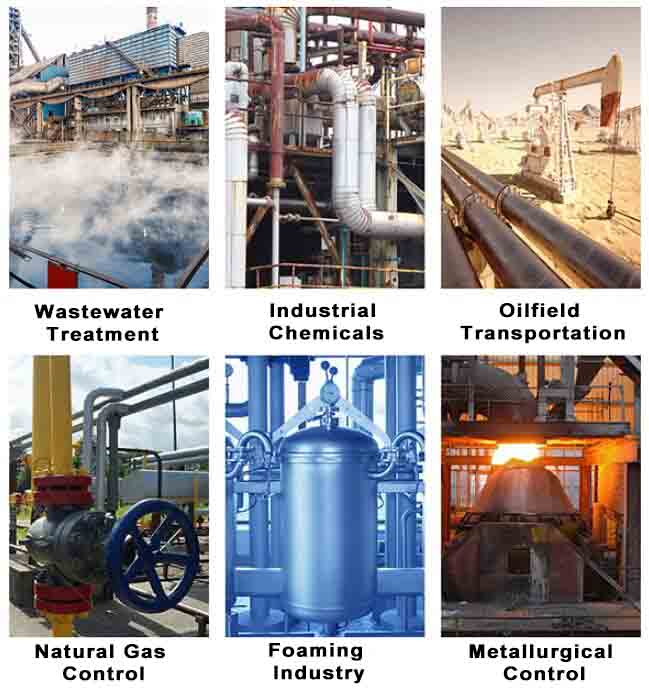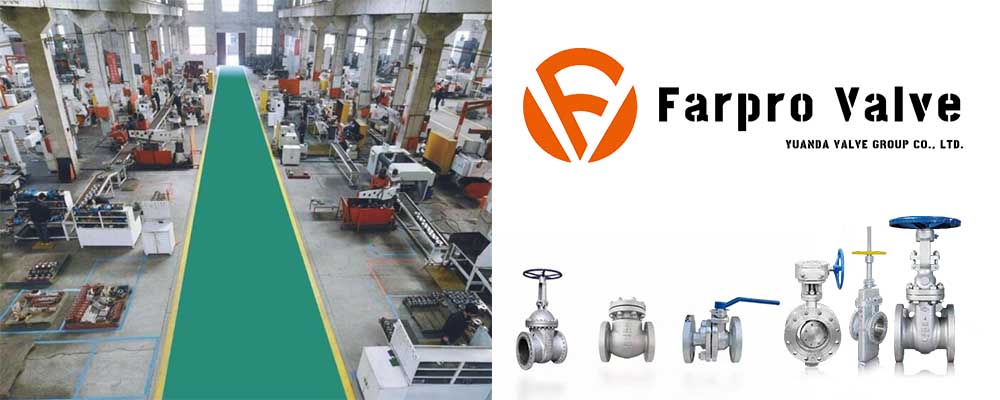Absperrschieber sind wesentliche Komponenten in Rohrleitungssystemen, Wird verwendet, um den Flüssigkeitsfluss durch Öffnen oder Schließen eines Tormechanismus zu steuern. Unter den verschiedenen verfügbaren Arten von Absperrschiebern, Die beiden häufigsten sind die Betriebssystem&Y (Außenschraube und Joch) Absperrschieber und die NRS (Nicht steigender Schaft) Absperrschieber. Dabei erfüllen beide Ventile den gleichen Zweck, sie unterscheiden sich deutlich in ihrem Design, Konstruktion, und Anwendung. In diesem Artikel, Wir werden die Unterschiede zwischen den Betriebssystemen untersuchen&Y- und NRS-Absperrschieber im Detail.

Design und Konstruktion von Absperrschiebern:
Der auffälligste Unterschied zwischen den beiden Arten von Absperrschiebern besteht in ihrer Konstruktion und Konstruktion. Betriebssystem&Y-Absperrschieber verfügen über einen Gewindeschaft, der den Absperrschieber mit dem Stellantrieb oben am Ventil verbindet. Dieser Schaft ist an der Außenseite des Ventils sichtbar und bewegt sich beim Öffnen oder Schließen des Ventils auf und ab. Das Joch des Ventils hält den Schaft an Ort und Stelle und ermöglicht eine reibungslose Bewegung.
Andererseits, NRS-Absperrschieber verfügen über einen Schaft, der intern mit dem Absperrmechanismus verbunden ist, Das bedeutet, dass der Schaft nicht aus dem Ventilkörper herausragt. Dieses Design ist kompakter und wird häufig bei Anwendungen mit begrenztem Platzangebot bevorzugt.
Anwendung von Betriebssystemen&Y- und NRS-Absperrschieber

Die Wahl zwischen einem Betriebssystem&Bei Y- und NRS-Absperrschiebern kommt es häufig auf die spezifische Anwendung an, in der das Ventil eingesetzt wird. Betriebssystem&Y-Ventile werden häufig in Anwendungen eingesetzt, die eine häufige Wartung erfordern, beispielsweise in Wasseraufbereitungsanlagen oder Brandschutzanlagen. Dies liegt daran, dass der Gewindeschaft zu Wartungs- oder Reparaturzwecken leicht entfernt werden kann, und das Jochdesign ermöglicht eine sanftere Bewegung des Vorbaus.
NRS-Absperrschieber, andererseits, werden typischerweise in Anwendungen eingesetzt, bei denen der Platz begrenzt ist, B. in unterirdischen Rohrleitungen oder in Gebäudesteigleitungen. Das kompakte Design des NRS-Ventils ermöglicht eine kleinere Installationsfläche, was bei engen Platzverhältnissen von Vorteil sein kann.
Betrieb und Wartung:
Betriebssystem&Y-Absperrschieber sind aufgrund des sichtbaren Gewindeschafts einfacher zu warten als NRS-Absperrschieber. Der Schaft kann bei Bedarf leicht geschmiert oder ausgetauscht werden, und das Jochdesign ermöglicht eine reibungslose Bewegung des Stiels. Jedoch, Der freiliegende Stiel macht auch OS&Y-Ventile sind anfälliger für Schäden oder Verunreinigungen durch Umwelteinflüsse.
NRS-Absperrschieber, andererseits, Für die Wartung sind speziellere Werkzeuge und Techniken erforderlich, da sich der Schaft im Inneren des Ventilkörpers befindet. Jedoch, Das interne Schaftdesign macht NRS-Ventile außerdem widerstandsfähiger gegen Schäden oder Verunreinigungen durch Umwelteinflüsse, Dadurch eignen sie sich ideal für Anwendungen, bei denen das Ventil rauen Bedingungen ausgesetzt ist.
Vorschlag von Hersteller von Farpro-Ventilen

Beide Betriebssysteme&Y- und NRS-Absperrschieber erfüllen wichtige Funktionen in Rohrleitungssystemen und bieten einzigartige Vorteile in bestimmten Anwendungen. Während OS&Y-Ventile werden in Anwendungen bevorzugt, die eine häufige Wartung erfordern und über ein besser sichtbares Schaftdesign verfügen, NRS-Ventile werden bei Anwendungen mit begrenztem Platzangebot bevorzugt und verfügen über eine kompaktere Bauweise mit innenliegendem Schaft. Indem wir die Unterschiede zwischen diesen beiden verstehen Arten von Absperrschiebern, Ingenieure und Techniker können das beste Ventil für ihre spezifische Anwendung auswählen, Gewährleistung einer optimalen Leistung und Langlebigkeit des Ventils.
